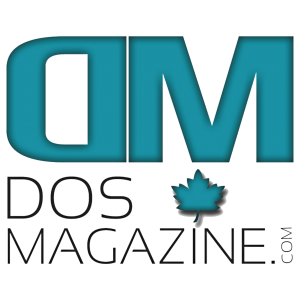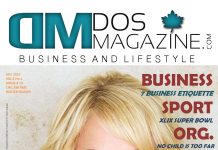Cash flow is the fuel that keeps a business running smoothly. To make sure your company isn’t running on empty, check your current practices against these techniques used by the top money managers.
Create a cash flow budget
A cash flow budget helps to ensure that you can comfortably pay all your expenses and enables you to manage your revenues and expenses proactively.
Key components include a sales/revenue forecast; anticipated inflows, such as accounts receivable; anticipated outflows, such as cost of goods sold; debt repayments; and operating expenses.
It’s important to keep your cash flow budget up-to-date and to make sure that it reflects changes in your operating environment and your plans for your business.
Know the sensitivities in your cash flow
It’s important to pin down which items – such as price, volume, or overheads – will have the most impact on your cash flow.
Cost of goods sold, for example, has a significant impact on your cash flow, yet is difficult for you to change. At the same time, competitive pressures may prevent you from increasing prices.
Cash flow is also affected by inventory days and accounts receivable days.
Manage the credit you are extending to your customers
There are a number of different ways to improve how you manage your receivables.
Establishing effective credit policies is an important part of successful cash flow management.
You might also think about how you can encourage clients to pay more quickly. For example, consider discounts for early payments, or charge interest on accounts that are past due.
While interest and late charges may actually become a source of income for your business, it’s important to apply some due diligence. Extremely late payments are more likely to become write-offs and will also keep some of your working capital tied up.
Keep your payables up-to-date
Regularly reviewing your accounts payable schedule helps determine how well you are keeping up with your credit obligations.
A useful practice is to have an “aging schedule,” which shows you how much you owe, to whom, and whether you are current or past due on any bills.
Reduce expenses
Look for ways to cut back: for example, can the cost of promotional materials (such as printing or production) be reduced without compromising their quality and impact?
When business volume steps up, bring in temporary, contract, or part-time help before committing to additional full-time staff.
An independent audit may reveal redundancies and inefficiencies that you can address.
Use credit effectively
 The best credit facility will depend on your company’s individual circumstances, business plans, and existing credit facilities.
The best credit facility will depend on your company’s individual circumstances, business plans, and existing credit facilities.
For example, term loans are ideal for long-term capital purchases, while lines of credit can be used to meet short-term working capital requirements or to take advantage of unexpected business opportunities.
Put your company’s surplus cash flow to work
Assess how much money you need to set aside for emergencies
To do this, review your company’s cash flow history for any patterns.
As well, consider how potential changes in the economy, such as currency or interest rate fluctuations, could affect your revenues or expenses.
Any surplus in your cash flow can be used for business expansion, to pay off debts, or to maintain a certain level of working capital.
_____________________________________________________________________
Your CIBC business advisor can help you in all areas of your cash flow management to find the solutions that are right for your business.












